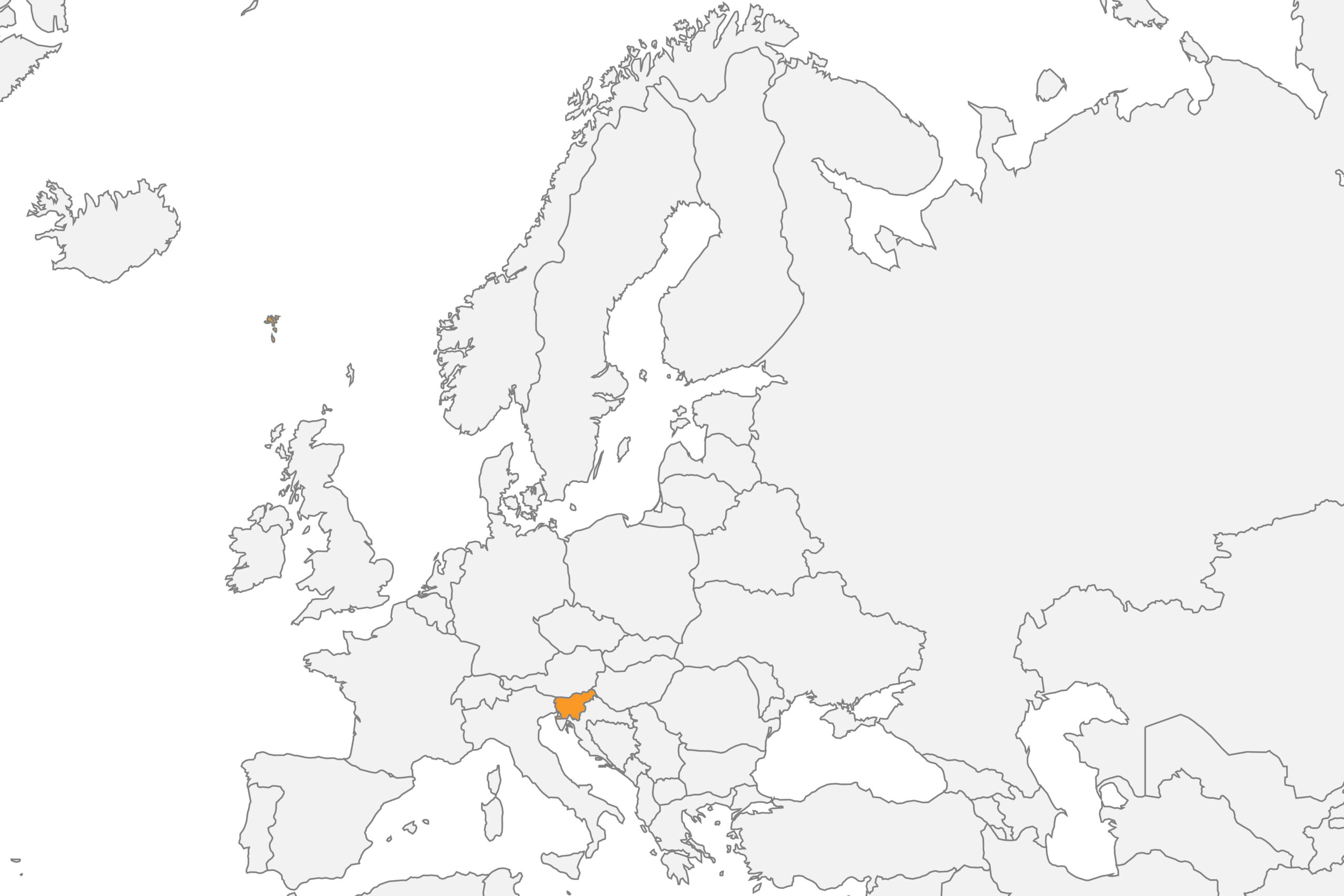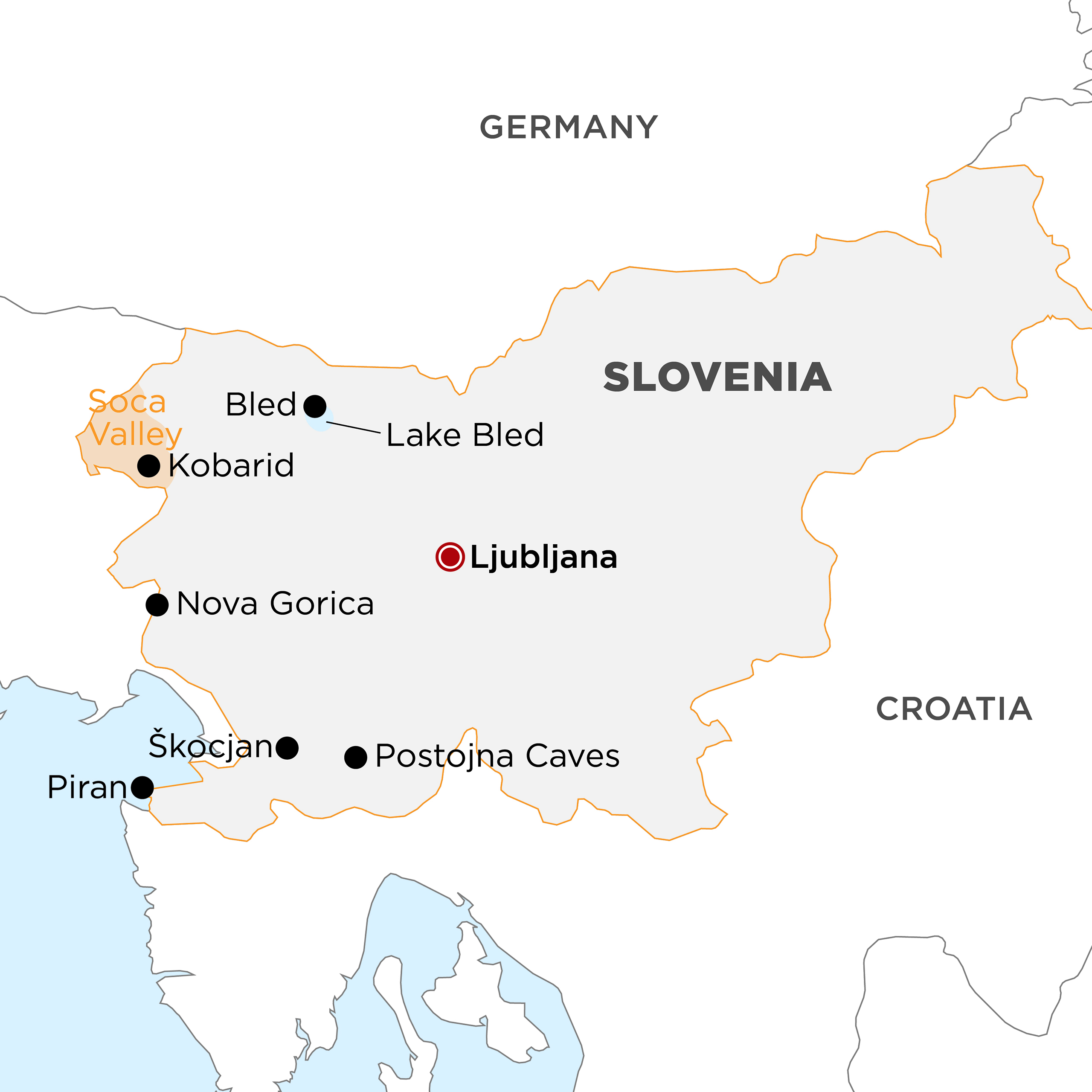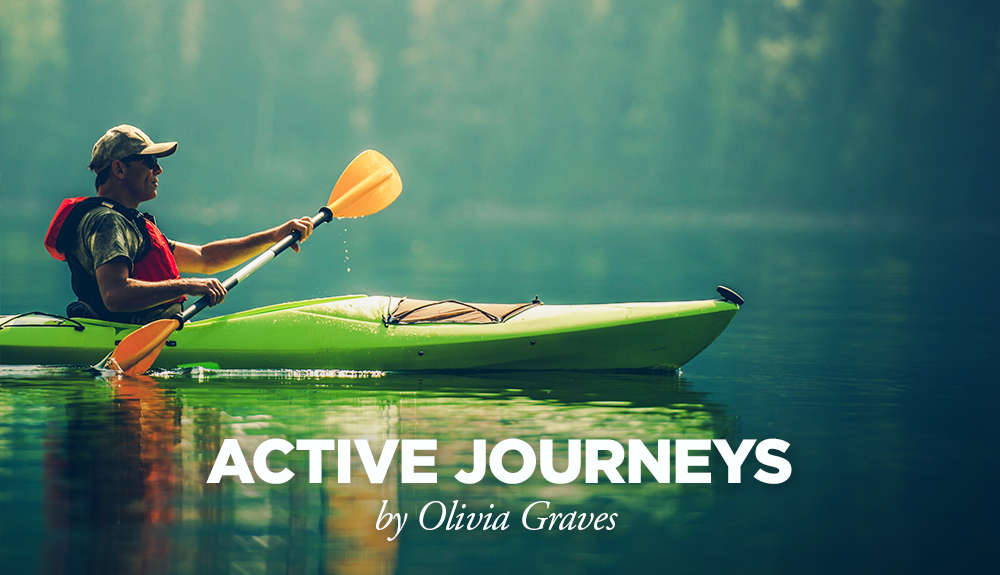Slovenia
Slovenia lies at the northern end of the Adriatic, situated in the Julian Alps.
Its landscape is host to magnificent alpine peaks, limestone plateaus and vast valleys teeming with hidden waterfalls, sprawling lakes and lush meadows. Baroque, Roman and Renaissance architecture sweep the town squares in the form of medieval castles, grand libraries and old cathedrals. The country itself is made up of four physiographic regions - the Mediterranean, the Pannonian plain, the Julian Alps and the Dinaric. Because of this diverse geographic location, Slovenia is also home to some very unique and fascinating wildlife, including the Alpine Ibex, brown bear, chamois, Eurasian lynx and the proteus (the human fish).
Read More...Ljubljana
Slovenia’s capital city and with a population of 293,000 people it is one of the smallest European capitals. The pretty uncrowded streets are pedestrian friendly making more room for open air markets, cafes and shopping areas.
Bled Castle
This medieval castle is perched high on the cliffs in the city of Bled, treating travellers to stunning panoramic views of the lake and the surrounding mountains in the Julian Alps. Dating back to the 11th century, it contains a chapel painted with frescoes, blacksmith’s forge, drawbridge, moat and two courtyards. The Romanesque tower is its oldest work of architecture, with Renaissance additions being built in subsequent years. The castle also has a museum and restaurant on site for tourists.
Soca Valley
A lush paradise situated in the Julian Alps. Its mesmerizing emerald river flows through the Triglav National Park, crossing over waterfalls and stunning wild gorges that form pools of glistening green water. Here, travellers can embark on various river activities, including kayaking, rafting, fishing and paddle boarding. The mountains that form part of the valley also offer hiking, cycling trails and, for the more adventurous, the largest zip line park in Europe.
The Postojna Caves
Located in southwestern Slovenia, this breathtaking site stretches over 24km underground and is home to Slovenia’s very own “dragons”, the proteus. The diverse system of caves is an incredible underworld sprawling with natural wonders that took millions of years to create. Predjama Castle, a monument of Renaissance architecture, sits on the cliff face a mere 9km away. At the end of winter, when the bats emerge from hibernation, travellers are able to explore the cave underneath the building.
Lipica Stud Farm
The Lipizzaner is most famously associated with the Spanish Riding School in Vienna, where white graceful stallions perform in a stunning horseback ballet. On this Slovenian estate, guests can admire this beautiful breed of horse up close, taking guided tours and visiting the onsite museum to discover their history. For experienced riders, trails are offered across the farm. To showcase the elegance of this enchanting white horse, Lipica also holds various performances throughout the year.
Because Slovenia is comprised of numerous physiographic regions, the best time to visit varies by activity and location. Both the summer and winter months offer plenty of choice in terms of sightseeing and things to do.
If you’re heading for the Alps, the mountains are coated in snow from December to March, treating travellers to a host of winter activities including skiing, ice climbing and sledding.
In summer, hiking and cycling can be enjoyed with various activities also being offered on the lakes and rivers. The coastal regions are best between June to September, with the warm weather making it prime time for fun on the water.
Pretty much every single Kiwi would like to experience at least one white Christmas in their lifetime. Finding myself in Venice in December, and hankering after something a little different, I decided to pop across the border into Slovenia. Renown for majestic landscapes, impossibly romantic castles and churches perched on mountainsides and vast underground caverns with impressive stalagmites and stalactites, I was eager to explore. Disembarking the train and heading for the Ljubljanica River in the rapidly fading daylight, mist rose up off the water and snow gently started to fall.
I could only just glimpse the 16th century Ljubljana Castle but the city was transforming in front of my eyes, coming alive with sparkling fairy lights, families appearing with children wrapped up against the cold, enticed by the smell of roasting chestnuts and mulled wine drifting from the brightly decorated stalls of the Ljubljana Festive Fair, or Christmas Market. The mystical fairy tale quality of the city intensified with ice skaters in the main square, a choir singing in the distance, giant light filled Christmas trees as every turn and a warm, flaking and delicious pastry in my hand. Even though I had very cold toes, it was utterly blissful.
Kate Couling, Director
Currency Euro
Language Slovenian (Slovene) is the official language of Slovenia. Due to the location of the country, Slovenia is the most complex meeting point of languages in Europe. Hungarian and Italian are recognised as co-official languages in specific areas, and other significant languages are Croatian, Romani, Serbian, and German.
Weather High Season runs from June to August and is mostly sunny with occasional rain, the Shoulder Seasons are Apr/May and Sep/Oct – slightly lower prices and the best time for hiking, the Low Season runs from November to March however is busy over Christmas and New Year. Ski season in the Slovenian Alps runs from mid-December to March, or even April some years.
Social customs & quirks In a formal situation, don’t address people by their first name unless you have asked permission first as first names are generally reserved for close friends and family in Slovenia. Others are referred to with honorific titles – “Gospa” (Madam), “Gospodiena” (Miss), or “Gospod” (Sir). Upon initially meeting, Slovenians greet strangers with a firm handshake and eye contact. Shoes are generally not worn inside the home, it is customary to offer to leave your shoes at the door.
Festivals & events The Ljubljana Festival brings up to three months of opera, ballet, classical music, and theatre performances to Slovenia’s capital over summer. Lake Bled is home to the Okarina Festival, a world music festival that takes place each month on the shores of the lake. More of a heavy metal fan? Camp out under the peaks of the Julian Alps in Triglav National Park for MetalDays, where up to a hundred metal bands from around the world play over the course of a week. Spring brings traditional carnivals to many Slovenian towns and cities, with brightly coloured decorations, carnival masks, dancing, and a convivial atmosphere.
Health* There are currently no health requirements entering Slovenia.
Notes *Please be aware that Health information is subject to change at any time and you should always double check these requirements at the time of booking and before travel.
Packages

Hosted Journeys | Cruise | Small Group
Best of the Med
22 Days
This exceptional journey starts with a wonderful two days in...

Rail
Danube Express - Balkan Explorer: Venice to Istanbul
12 Days / 11 Nights
Absorb the unique blend of culture, ancient tales and architectural...

Rail
Danube Express - New Year in Vienna
9 Days / 8 Nights
Mark the turn of the year with an indulgent...

Rail
Danube Express - Paris to Istanbul
8 Days / 7 Nights
Embark on an iconic voyage, traversing legendary cities across the...
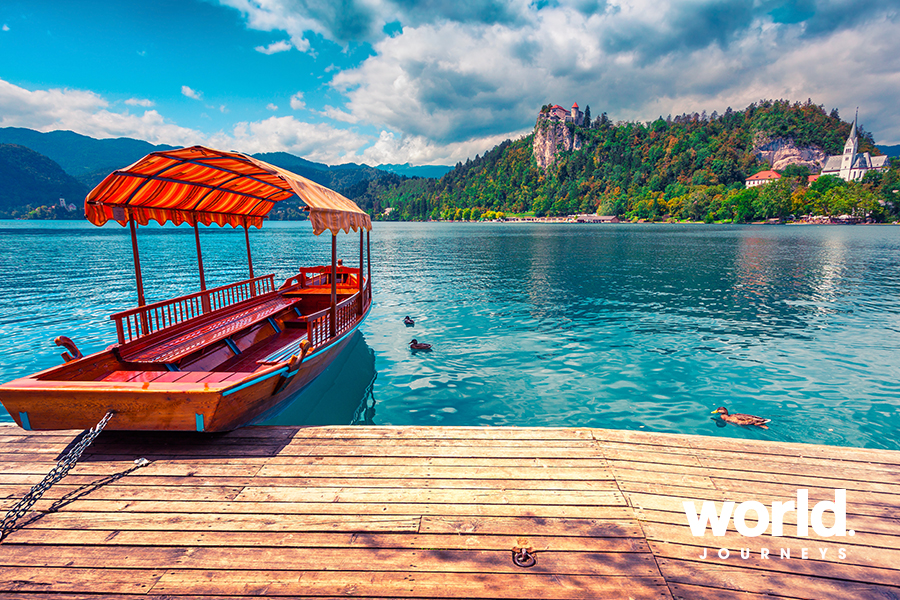
Exclusive Slovenia
7 Days / 6 Nights
Enjoy the unspoiled nature and authenticity on this private journey...
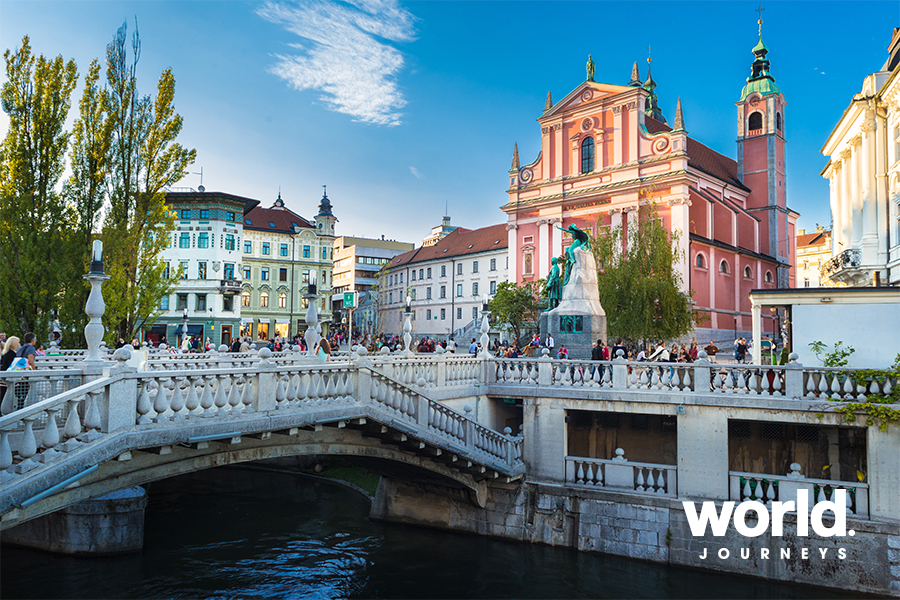
Exclusive Slovenia & Croatian Istria
7 Days / 6 Nights
Enjoy the culture, nature and gastronomy on this private journey...



